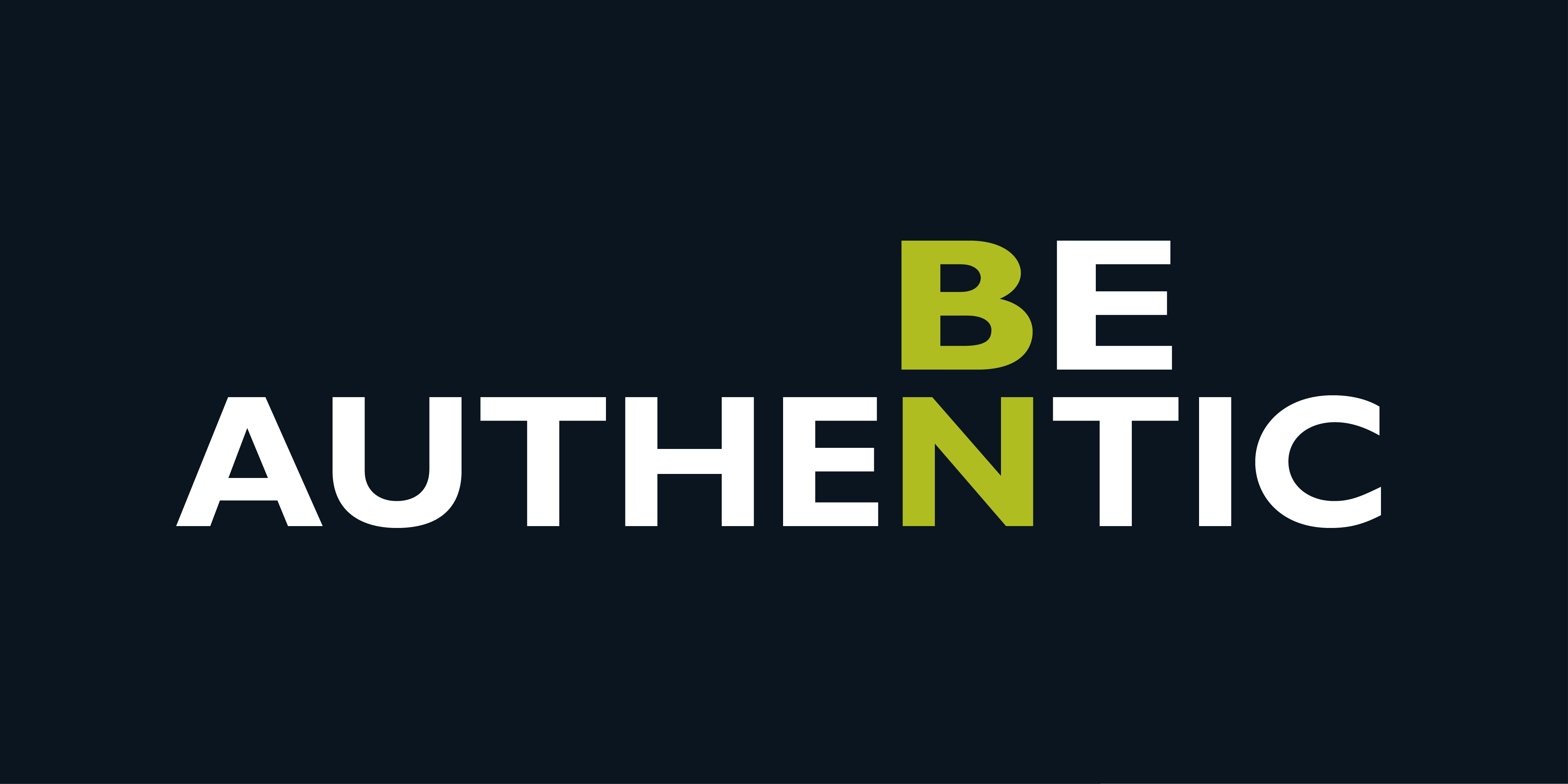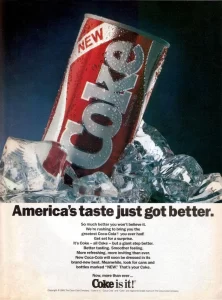![]() Simon Edwards, former Brand Manager at 3M, started a lively online discussion around this question: “What are the common attributes of iconic brands?
Simon Edwards, former Brand Manager at 3M, started a lively online discussion around this question: “What are the common attributes of iconic brands?
He opened it up on a LinkedIn Group that includes 4,363 branding consultants, practitioners, creative directors, gurus and wannabes. It was an intelligent, worthwhile discussion that hit all the hot buttons of the branding world.
But we were preaching to the choir.
So in an effort to reach a few business people who aren’t completely inside the bottle, I’m publishing the high points of the discussion (in itals) and adding a few examples…
• “Iconic brands play a valued role in a consumer’s life. They deliver a feeling that the consumer just can’t get from any other brand. That feeling may be security, safety, familiarity, excitement, satisfaction, indulgence or many others.” – Andy Wright

Here’s an example: For a decade I was a loyal Audi owner. Over a Thanksgiving weekend I had to drive the Q7 two and half hours on a narrow, icy, highway that’s sketchy even on a clear, summer night. I felt all those things… security, safety, familiarity, excitement, satisfaction, indulgence.
The trip wasn’t exactly fun, but it reinforced all my beliefs about the brand. I couldn’t have felt safer in any other vehicle, short of a semi truck.
“The 5 criteria of iconic brands are: relevancy, competitiveness, authenticity, clarity of promise, consistency of communication. The hard work is the proactive management of the brand (including product development) to ensure the five criteria are delivered.” – Ed Burghard
Authenticity. Clarity of promise. Consistency.
I like Ed’s point here about proactive, ongoing brand management. Many people seem to think of branding as a one-time event. — do it and it’s done. But that’s not it at all.
You won’t stay competitive long enough to become iconic if you’re not constantly minding your brand. Always be branding! It’s a never-ending effort that should be intertwined into your day-to-day business. Everything you do, every decision you make, affects your brand in some way.
• “One element that has not been discussed is success. No brand can reach iconic status without being successful in achieving its purpose. Part is creating these wonderful brand connections – authentically, emotionally, as an experience. Part is communicating with clarity and consistency. Part is delivering on the promise. But a vital component is to have delivered results and exceeded expectations… yes?’ – Ed Holme
Patagonia is an iconic brand with a very clear sense of purpose and a compelling story to tell.
It is clear and consistent. When that story is retold over time it establishes that intangible, emotional connection that inspires people and fuels success.
What is the purpose of your business, beyond making a profit? Are you clear about that? Are you telling that part of your story in a compelling way? Over and over and over again!
• “I would like to add ‘Leadership’ to the list of attributes already mentioned. It’s not about market share, though; iconic brands play by their own rules. These brands tend to break the preconceived notion of function, service, style or culture, catching the competition off guard and finding unprecedented loyalty”… – Stephen Abbott
This was a contribution that really stood out. I believe leadership is a highly overlooked component of branding. If you don’t take a genuine leadership position in some aspect of your business, your brand will eventually flounder. (Can you say GM?)
Iconic brands are not, necessarily, always the market leader.

Look at Apple. The iconic leader in the computing world only has 9.6% market share in computers. What’s more, an iconic brand does not guarantee business success.
Farrells Ice Cream parlors were iconic in my part of the country, and they went belly up.
Saturn certainly became an iconic brand in its short lifetime. At least in automotive circles. What about Oldsmobile and Plymouth? Many icons of industry have fallen.
On the other hand, plenty of small, niche brands have become iconic in their own right. Deschutes Brewing in the craft beer industry. Shopify in the ecommerce website space. Scotty Cameron in the putter market.
• To build on the ideas related to story telling… Iconic brands often align with an archetypal character and story which is instantly recognizable, psychologically stimulating and meaningful. Coke embodies the Innocent archetype as expressed through their advertising from polar bears to Santa Claus or the classic ‘I’d like to teach the world to sing’ campaign.” – Brenton Schmidt

Executives at Coke shattered that innocence when they changed the beloved formula to “New Coke” back in 1985. Probably the single biggest branding blunder of the last century. One woman, who hadn’t had a Coke in 25 years, called to complain that they were “messing with her childhood.” Now that’s brand loyalty!
“Some underlying attributes (of iconic brands) are focus, clarity and authenticity. However, all iconic brands tend to connect customers with an overreaching philosophy that fosters emotional connection between the customer and the brand.
Examples of brands and the emotions they foster:
– Nike = Performance. “I feel like I can run faster or jump higher when I wear my Nikes.”
– Target = Affordable Design. “At Wal-Mart, I get the best price. At Target, I get style and price.”
– Apple = CounterCulture. “I want style, simplicity and usability. My Mac says to the world that I’m different and unique. In short, I hate Windows and everything it represents.”
– Jason Milicki
I’m writing this blog on a MacBook Pro, and I’d add the word Contrarian. Proudly contrarian, even. (My kids helped make sushi for Thanksgiving, and my son dubbed it a “Contrarian Turkey Dinner.” I think I’m handing it down.)
Finally, here’s one parting thought on iconic brands, from yours truly:
You don’t have to be a multinational company, or even the biggest player in your niche, to become a successful icon in your own right. Gerry Lopez is an icon in the world of surfing, and a local legend here in Bend, Oregon. Yet he’s unknown to the general public and to Wall Street.
You don’t have to be iconic to the whole world. Just to your target market.
If you want to build an iconic brand — even a small one — start with passion, purpose and focus. Then work your ass off. Do good work, and tell your story in many different ways. That’s how you can become iconic.
Of course, BN Branding can take some of the burden off your shoulders. If you’d like help turning your ordinary business into an iconic brand, contact me here. Or reach out on LinkedIn.
For more on the common attributes of iconic brands, try this post. If you’d like some personal help building your own brand, contact me here. Or reach me on LinkedIn.



Thanks for this great post. I appreciate the all round sense you’ve collected that there is no one dogma, no “this is the only way to do it”.
— Axle
Nice post. I especially like the part about Branding being an on-going effort, and needing constant minding. A good point.
I missed the discussion on Brand 3.0 (LinkedIn), so thanks for the summary above. I’m off to see if I can find out more.